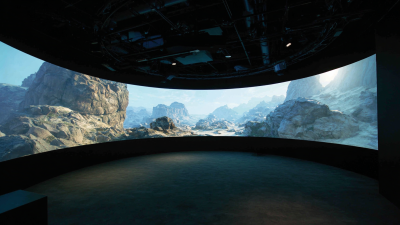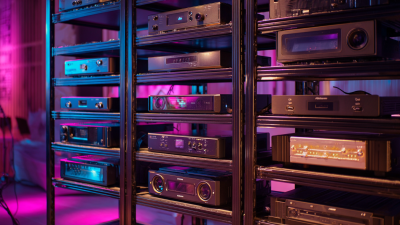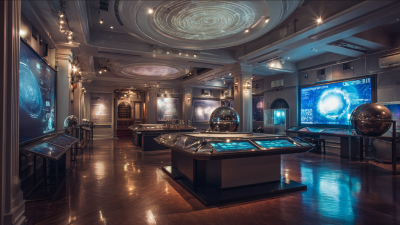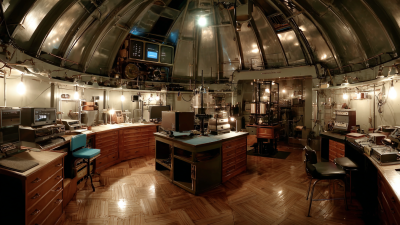As we stand at the cusp of a new era in space education and public engagement, Fulldome Projection technology has emerged as a revolutionary medium that transforms our understanding of the cosmos. According to the International Planetarium Society, over 1,300 planetariums worldwide are increasingly adopting immersive Fulldome Projection systems, allowing audiences to experience celestial phenomena in unprecedented detail. Recent market analyses forecast that the global market for digital Fulldome Projection systems will grow at a compound annual growth rate (CAGR) of 8.5% through 2025, driven by advancements in digital projection technologies and increased public interest in space exploration. This innovative approach not only enhances the educational experience but also captivates the imagination, making complex astronomical concepts accessible and engaging for learners of all ages. By harnessing the potential of Fulldome Projection, we can inspire the next generation of astronomers, scientists, and space enthusiasts.
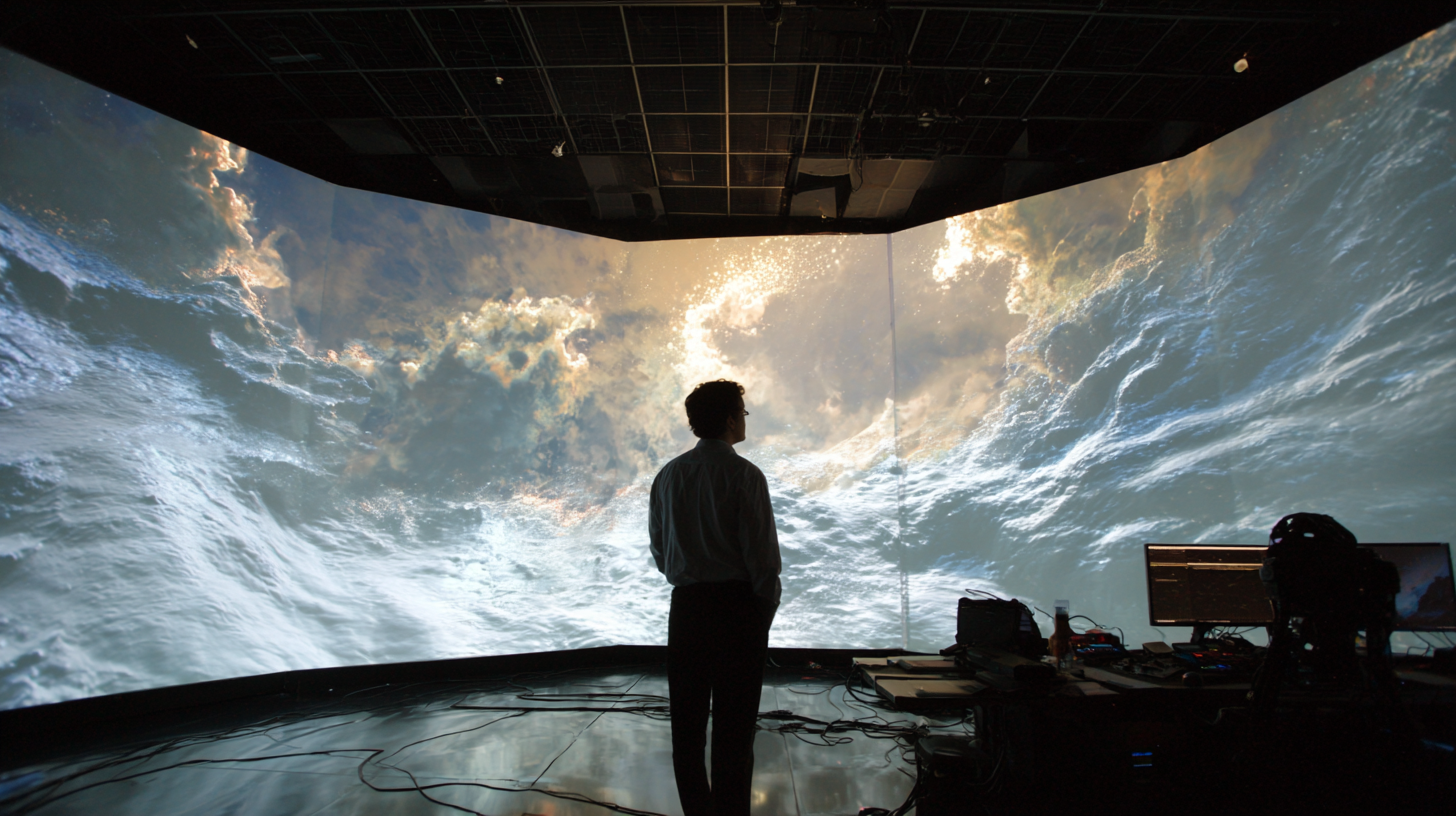
Fulldome projection technology is revolutionizing the way we experience space, creating an immersive environment that captivates audiences of all ages. By utilizing a domed screen that envelops viewers, this technology transforms traditional planetarium shows into breathtaking visual journeys. The magic lies in its ability to simulate the vastness of the universe, allowing spectators to feel as if they are traveling through galaxies, witnessing the birth of stars or exploring distant planets. The seamless imagery and high-definition visuals transport viewers beyond the confines of Earth, sparking curiosity and a sense of wonder about the cosmos.
Beyond mere entertainment, fulldome projection serves as an educational tool that enhances learning. It engages viewers in a multidimensional experience, where complex astronomical concepts can be visually represented in ways that static images and traditional presentations cannot achieve. This immersive approach encourages deeper understanding and retention of information, making astronomy more accessible and enjoyable. With its combination of art and science, fulldome projection not only reveals the mysteries of space but also fuels the imagination, inspiring the next generation of explorers and scientists.
Fulldome projection technology has revolutionized the way we experience astronomy, creating immersive environments that transport audiences into the depths of space. At its core, this technology utilizes a seamless dome-shaped screen to display high-resolution images and videos, often sourced from extensive astronomical databases. Unlike traditional flat screens, the curved format envelops viewers, making them feel as if they are part of the cosmos, enhancing the educational and entertainment value of shows focused on celestial phenomena.
The technology behind fulldome projections involves a combination of advanced software and high-quality projectors that work in tandem to deliver stunning visuals. Images are often rendered in 360 degrees, requiring specialized content creation techniques that consider the unique spatial dimensions of the dome. This process involves mapping content to ensure that it aligns accurately with the dome's curvature, creating a cohesive experience that immerses viewers in scenes of distant galaxies, planetary systems, and more. The result is not just a viewing experience but an exploration that fosters wonder and curiosity about the universe.
| Dimension | Description | Importance in Astronomy |
|---|---|---|
| Field of View | The amount of the sky visible through the dome | Allows for an immersive experience, enhancing understanding of celestial movements |
| Resolution | Pixel clarity and detail displayed in the projections | Higher resolution improves educational value and visual appeal |
| Projection Technology | Types of projectors used for fulldome displays | Determines the quality and realism of projections |
| Content Variety | Different themes and topics available for projection | Diverse content engages different audiences and enhances learning |
| Interactivity | User engagement through interactive technology | Enhances educational experiences and retention of information |
The integration of fulldome projection technology into educational settings has revolutionized the way students engage with space science. A report from the International Planetarium Society reveals that immersive experiences can increase knowledge retention by up to 80% compared to traditional lecture methods. This significant improvement can be attributed to the captivating nature of fulldome projections, which envelop students in a dome-like environment that simulates the cosmos, allowing them to explore celestial phenomena interactively.
Moreover, the National Aeronautics and Space Administration (NASA) has emphasized the importance of early exposure to STEM education, noting that students are 70% more likely to pursue careers in science or engineering fields when engaged in hands-on learning experiences. Fulldome projections serve as an effective tool in achieving this engagement, as they transport students beyond the classroom, fostering curiosity and inspiring a deeper understanding of complex astrophysical concepts. Schools that have adopted this technology report not only enhanced student participation rates but also improved academic performance in science-related subjects.
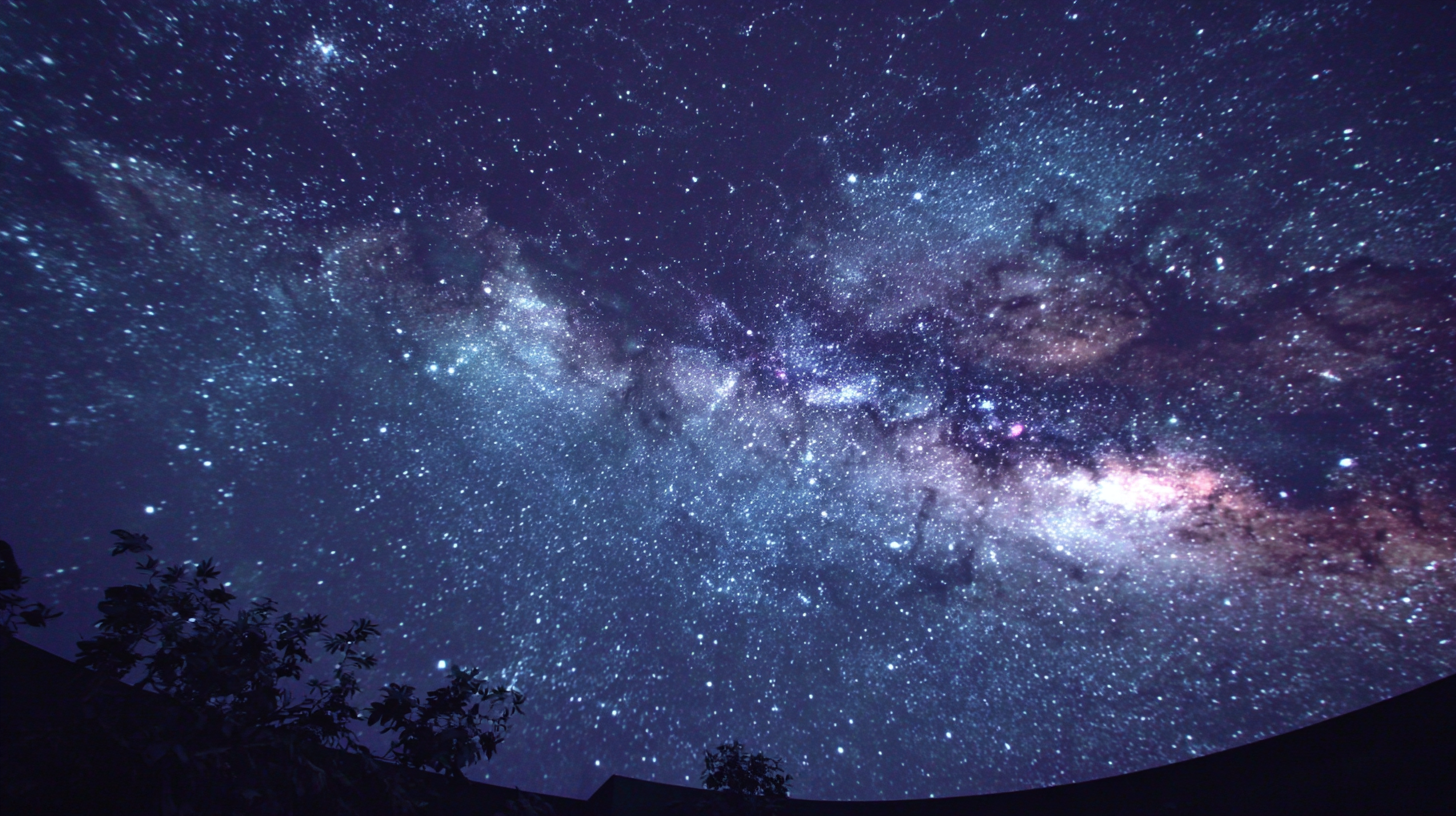
Fulldome projection technology has revolutionized the way planetariums and museums present astronomical content, offering immersive experiences that engage visitors on multiple levels. By creating a dome-shaped screen that envelops the audience, this technology allows for a 360-degree display of stellar phenomena, making abstract concepts more tangible. Exhibits can showcase everything from the birth of stars to the vastness of galaxies, providing a captivating visual journey through the universe that traditional flat screens cannot achieve.
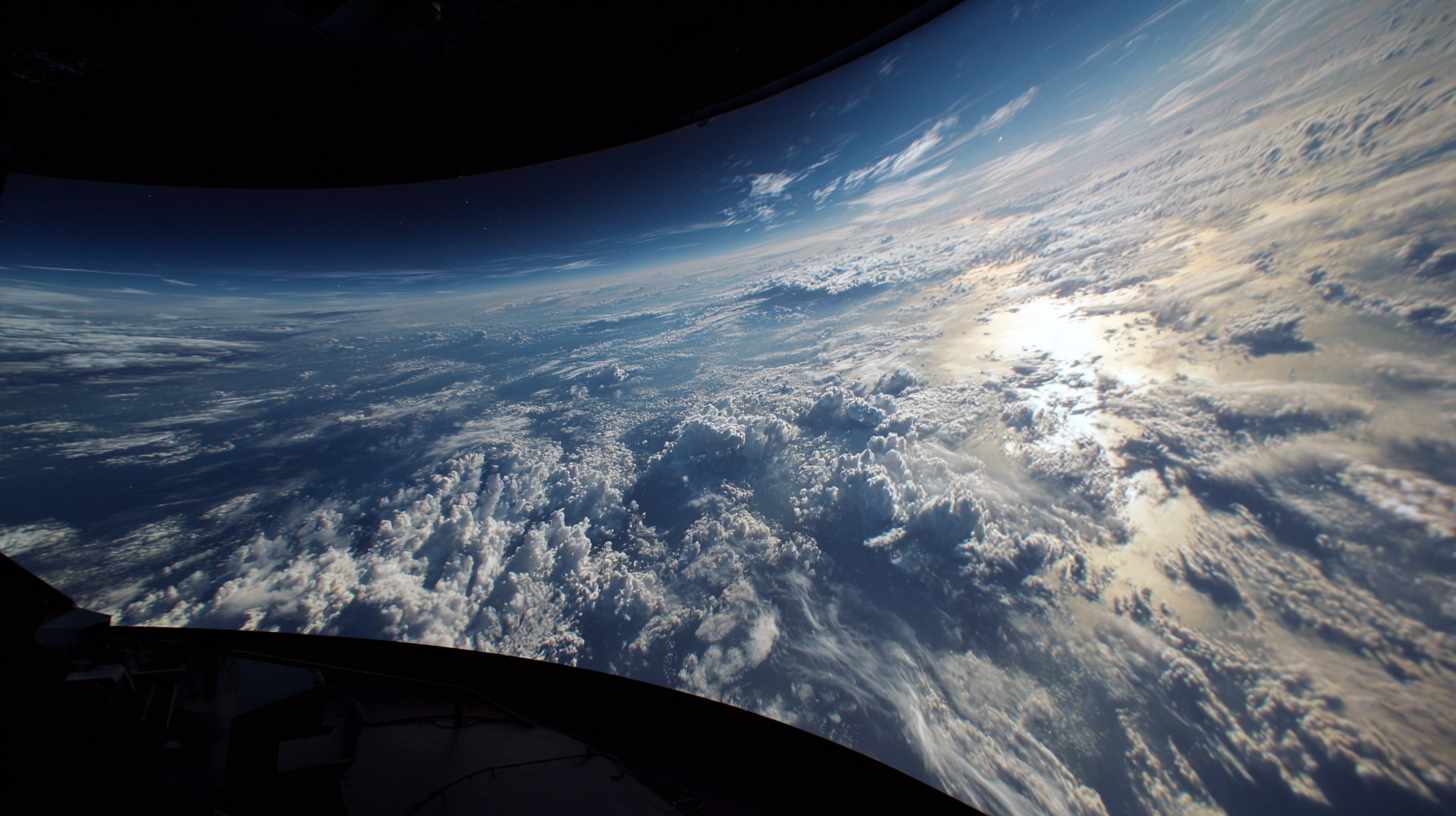
In addition to educational purposes, fulldome technology also serves innovative uses in interactive installations. Museums are increasingly incorporating interactive elements where visitors can control aspects of the display, such as choosing specific celestial events or exploring different planets in real-time. This not only enhances the learning experience but also fosters a deeper connection to the material, as audiences become active participants in their exploration of space. With these advancements, fulldome projection technology continues to transform the landscape of educational experiences, making science accessible and thrilling for audiences of all ages.
Fulldome projection technology is rapidly transforming the way we explore and understand space. By providing immersive, dome-like environments, these systems enable viewers to experience astronomical phenomena in a truly captivating manner. Recent advancements in this technology have significantly enhanced the resolution and interactivity of fulldome systems, allowing institutions to render high-definition visuals and integrate real-time data in their presentations. According to a report by the International Planetarium Society, the market for fulldome projectors is expected to grow by 25% annually, reflecting the increasing demand for immersive educational experiences.
Looking to the future, several trends are shaping the advancement of fulldome projection technology for space exploration. Notably, the integration of virtual reality (VR) and augmented reality (AR) elements is on the rise. These technologies offer added layers of interaction, enabling viewers to engage with space simulations actively. A recent study published by the Museum and Space Education Consortium highlighted that 70% of planetariums are exploring AR applications to enhance their shows. Furthermore, collaborations between tech companies and educational institutions are driving innovations that ensure these experiences are more accessible and widely distributed, transforming traditional planetarium settings into dynamic learning environments.

